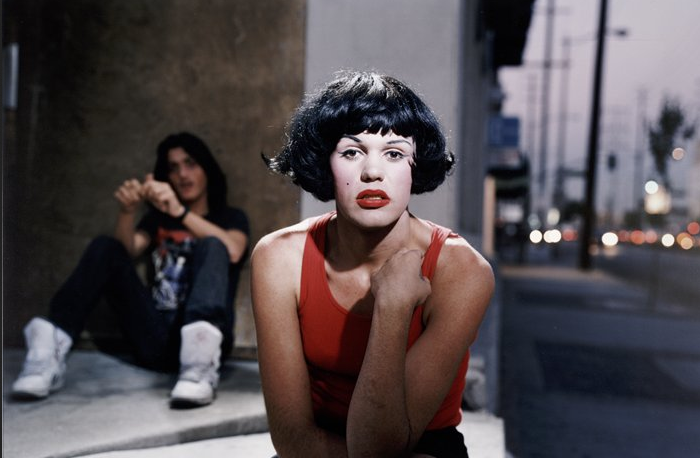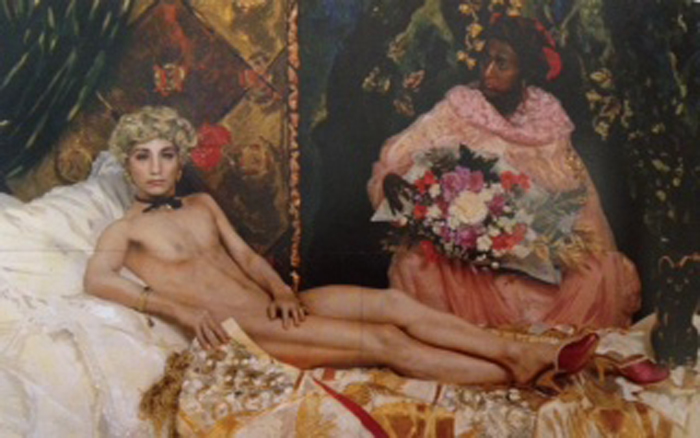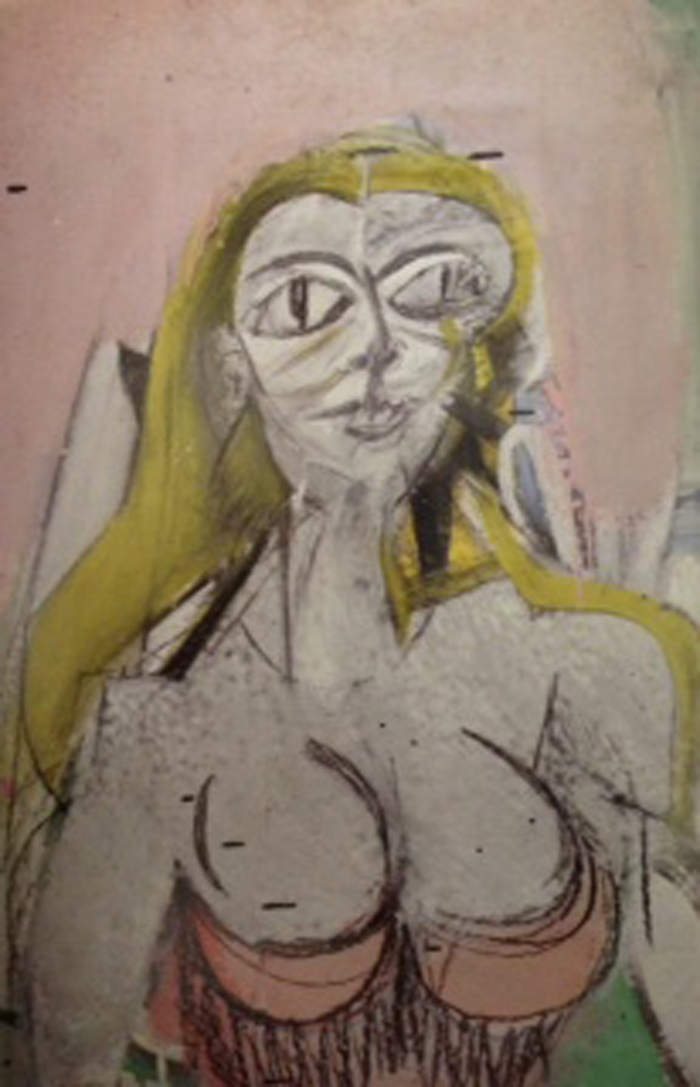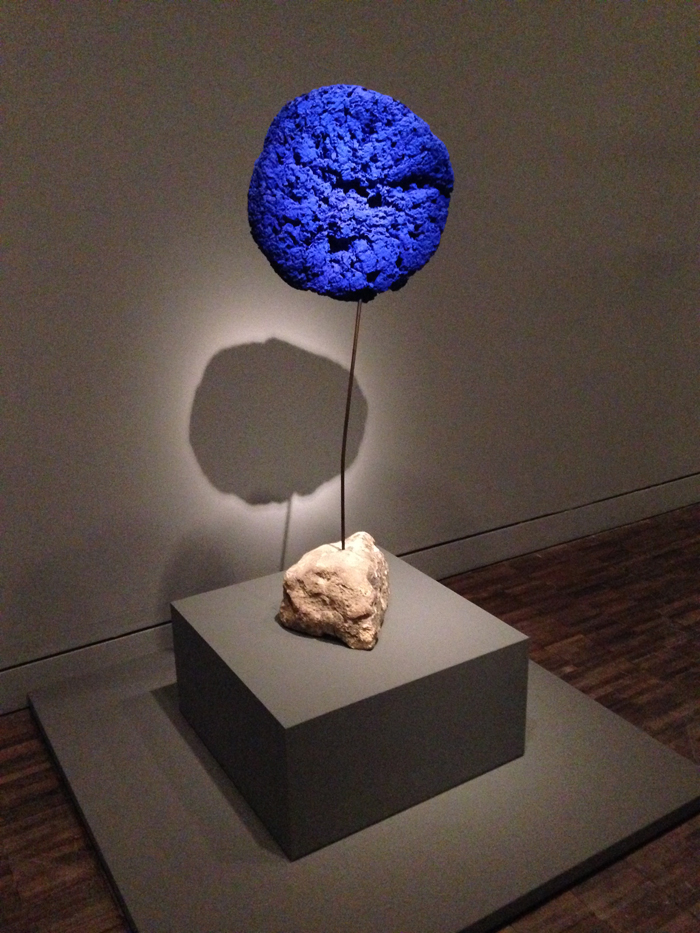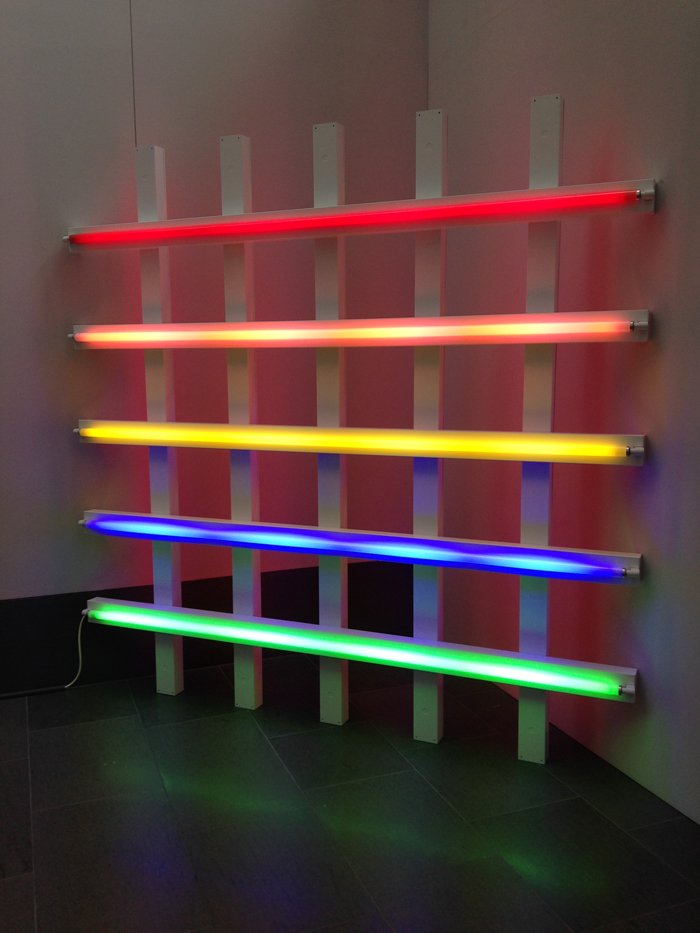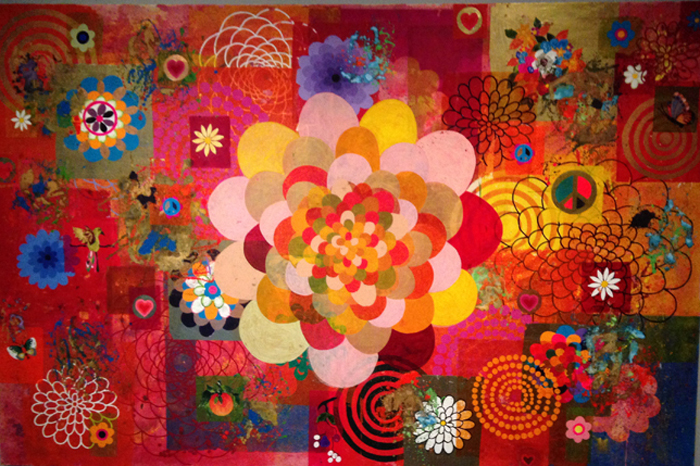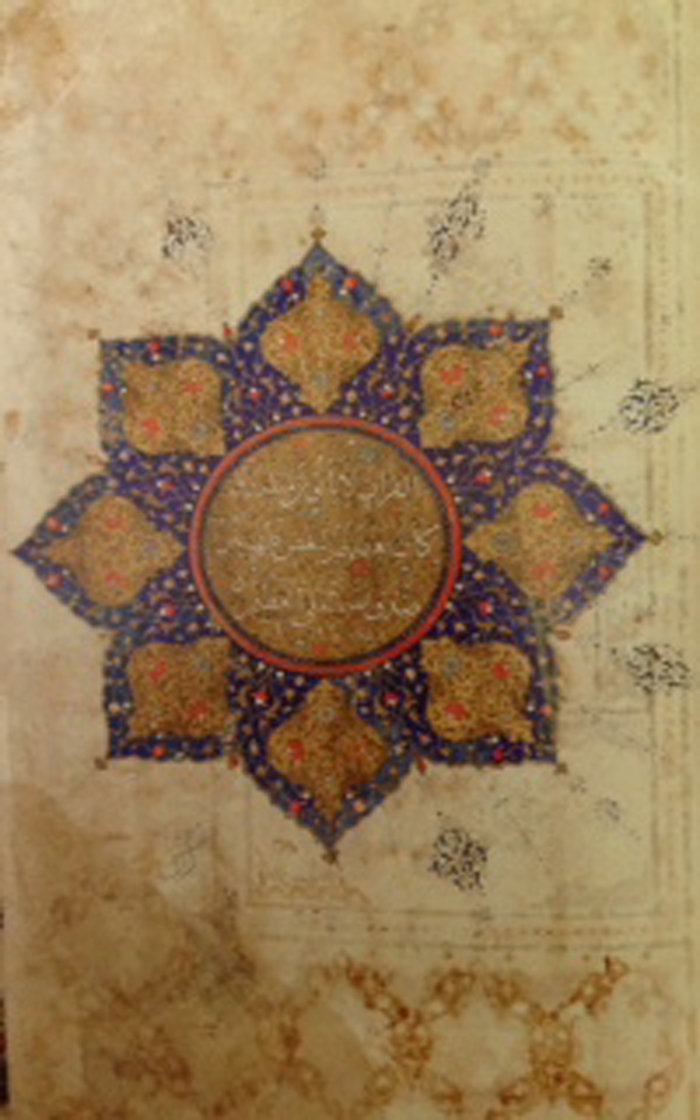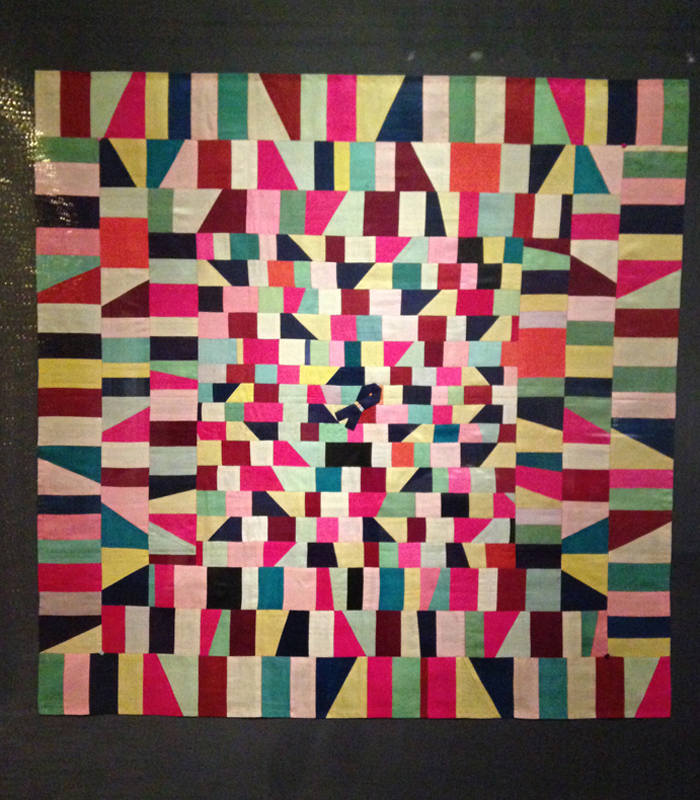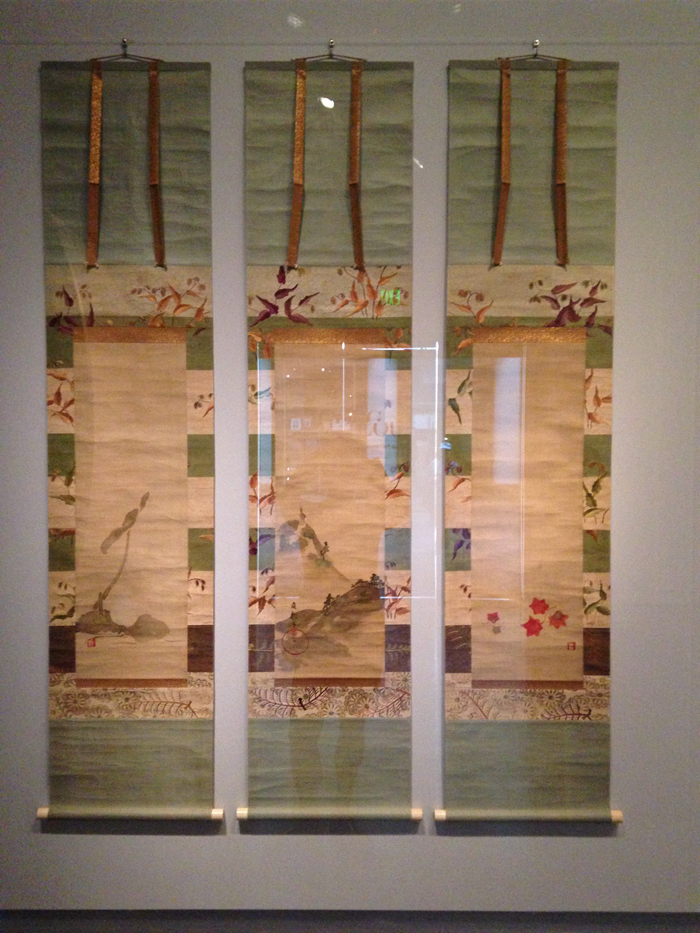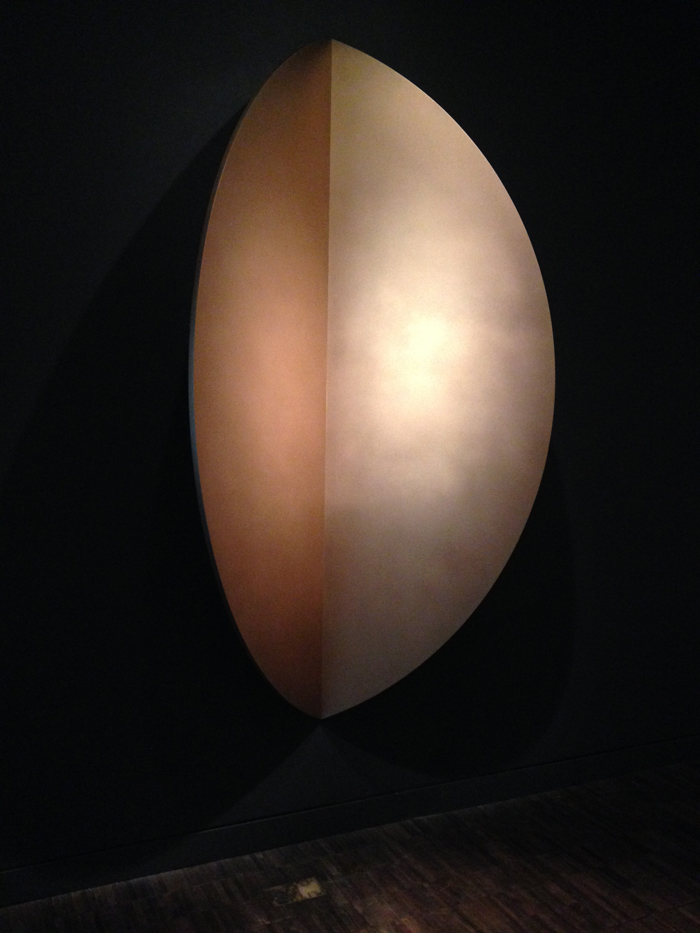Last Friday, I had the pleasure of seeing GORGEOUS, an exhibition at the Asian Art Museum in San Francisco. The works shown, from SFMOMA and the Asian Art Museum collections, were mixed, from just okay to very powerful. As the curators mentioned, this exhibition is not about the context or meanings of the objects. The focus is on what the objects look like and how we react to them. What grabbed me the most were the text plaques alongside each piece. The subject of Beauty is one I’ve been exploring and reading about for the last 2 years. While there’s not enough space in a blog to do this subject justice, I’m including a few highlights below. Excerpted texts are from the curators: Allison Harding and Forrest McGill or attributed to the source.
Marilyn, 1990, Philip-Lorca diCorcia, photograph
“The gorgeous challenges the limits of conventional beauty, often approaching the grotesque, abject, overwrought or kitsch. It catches us off guard with an attraction to that other thing, the under belly, where beauty gets messy and unpredictable. Some may feel attracted, others repulsed. We can’t look away. S/he may not be beautiful; s/he is gorgeous.”
Portrait, 1988, Yasumasa Morimura, Chromogenic print with acrylic paint and gel medium
“Dust, filth, sweat, fractures, debris, remains: the breakdown of perfection is a nagging feature of the gorgeous. Sometimes these breakdowns are accidents of time and nature. Other times they are calculated effects, integral to an object’s creation and importance. In both cases, there is an allure in the imperfections of ideal forms. When we notice these imperfections and find beauty in the breakdown, these artworks might affect us in unexpected ways.”
Chemical and Biological Weapons Proving Ground/Dugway, UT/Distance-42 miles/10.51 am, 2006, Trevor Paglen, Chromogenic print
“The gorgeous is in the eye of the beholder. It is nothing unless you are there to receive it. For some artworks, the full extent of gorgeousness is not immediately seen. It is something you experience through reflection over time.”
Nonsite (Essen Soil and Mirrors), 1969, Robert Smithson, Soil and twelve mirrors
“Beauty is always bizarre. I do not mean to say that it is voluntarily, coldly bizarre…I mean that it always contains a bit of strangeness, not intentional, but unconscious, and it is this strangeness in particular that creates Beauty…Reverse the proposition, and try to conceive of a commonplace beauty!” – Charles Baudelaire
Woman, 1950, Willem de Kooning, Oil on paper
Beauty can be whimsical, fantastical, maybe even mystical…..
Éponge, 1957, Yves Klein, Resin with pigment on sponge
“If the gorgeous is about extremes, then once is not enough; only more is more. Reiteration emphasizes. It reinforces memory. By fixing a motif in our minds, it allows us to focus on small variations or changes of context. “
Untitled, (in honor of Leo at the 30th anniversary of his gallery), 1987, Dan Flavin, red, pink, yellow, blue, and green fluorescent light
“The piquing of curiosity is something repetition excels at. How many changes can an artist ring on the related motifs of bull’s-eyes, flower petal arrays and circles of circles?”
Phebo, 2004, Beatriz Milhazes, Acrylic on canvas
“Happiness is the longing for repetition.” -Milan Kundera
Qur’an, ca 1550, Iran, Gold and colors on paper
“I construct lines and color combinations on a flat surface in order to express general beauty with the utmost awareness.” – Piet Mondrian (1914). Mondrian believed that these things brought him closer to the essence of all things, “as close as possible to the truth.”
Wrapping cloth (bojagi), 1950-1960, Korea, Patchwork silk (Bojagi are wrapping cloths made from small strips of colored fabric patchworked together with impossible harmony and spontaneity within the borders of a square.)
“Simple, yet elegant. Beautiful in a quiet way.”
Lotus, deer and maple leaves, 1800-1850, School of Sakai Hoitsu, Set of three hanging scrolls; ink and colors on silk
“Some artworks have a particularly strong effect of provoking our imagination to make new stories or new settings. Gorgeous is about boundaries. Noticing them, brushing up against them, working within them, crossing them, and arguing about them. The formal boundaries of line and color, the social boundaries that shape our responses, and the physical edges of an artwork.”
Untitled (Mandorla), 1988, Ellsworth Kelly, Bronze
“Certain artworks come alive in the mind’s eye. Others continue to live there in memory, inspiring a range of imaginative musings or expressing an idea with an accessibility that can elude language, pointing to ideas, implications, even states of being beyond what we see. Sometimes this experience surpasses the artwork itself over time, and that might be the point.”
GORGEOUS, on exhibition at the Asian Art Museum, San Francisco, through September 14, 2014

